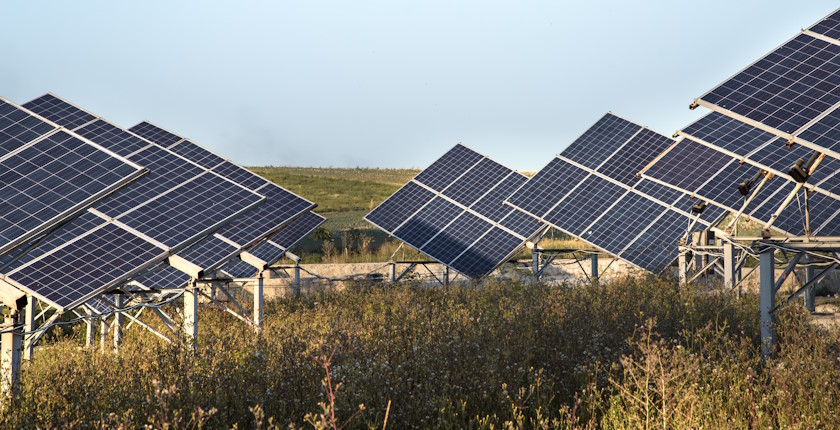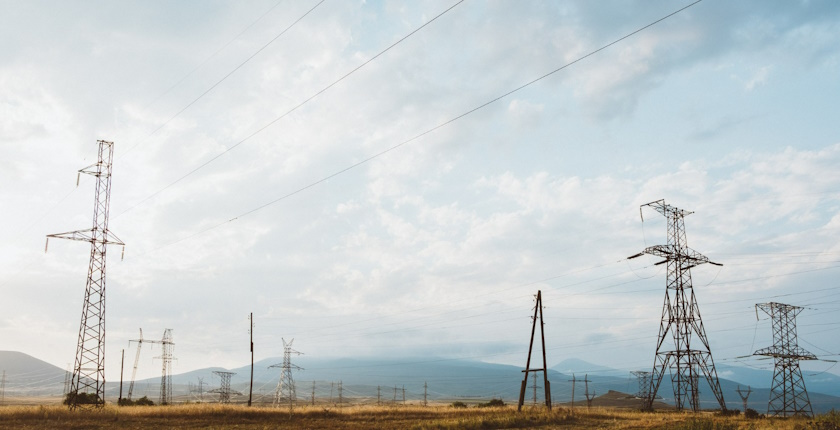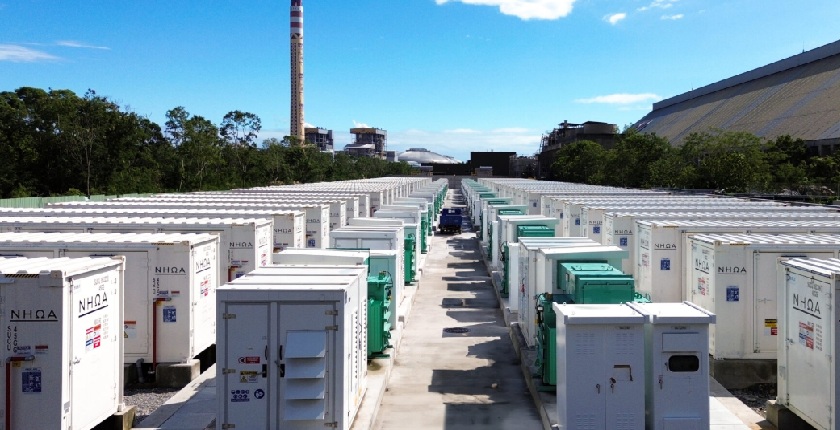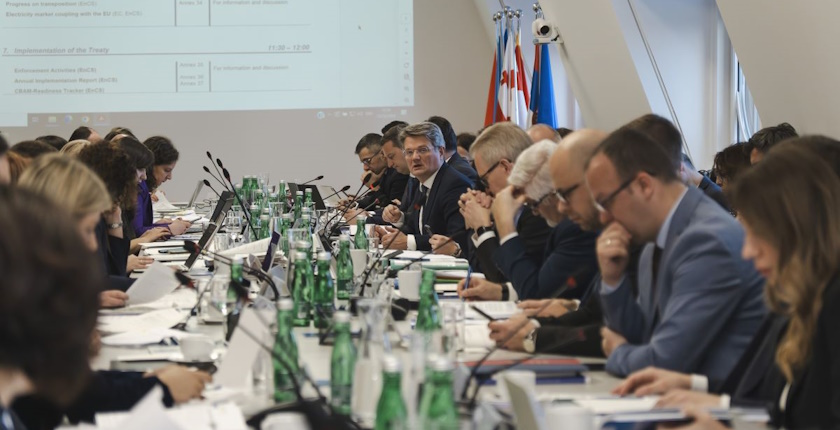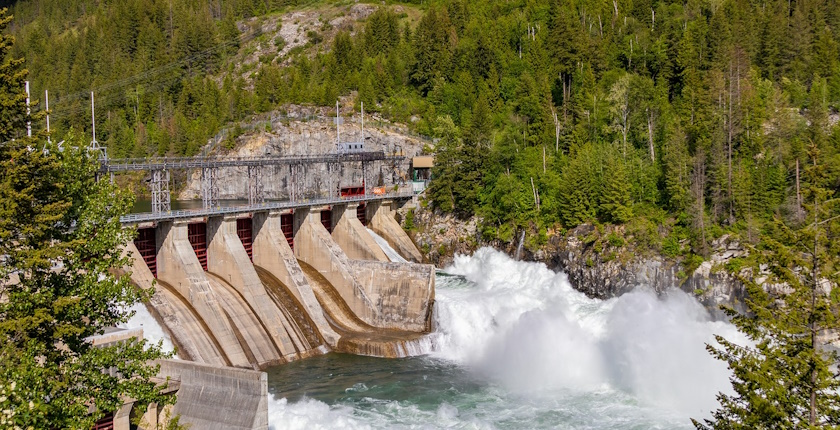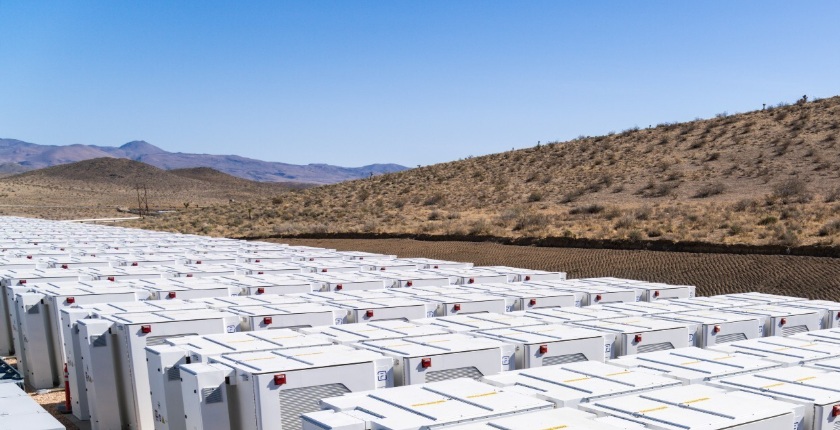
Greece plans 4.7 GW of commercial battery storage projects
The much-awaited ministerial decree for zero-subsidy standalone battery systems has been published in Greece.
So far, Greece has provided support to 900 MW of standalone storage projects under three previous auctions. The new plan, prepared by the Ministry of the Environment and Energy, calls for installing 4,700 MW of standalone battery projects across the country, equal to the entire projected capacity until 2030 under the country’s National Climate and Energy Plan (NECP).
More specifically, 3,800 MW will be installed in the transmission network and 900 MW in the distribution network.
Investors will have up to 18 months to apply to the operator
There are also specific rules to avoid concentration and ensure a level playing field. For example, individual companies may apply for up to 250 MW of storage projects. In the distribution segment, this limit is set lower, at 50 MW. Including previous storage auctions and batteries that operate as part of renewable plants, each player may install up to 500 MW of total battery capacity by 2029.
The guarantee is set at EUR 200,000 per MW for the transmission grid and EUR 50,000 per MW for the distribution grid.
The ministry has also set a specific timeframe for the completion of projects. Investors will have up to 18 months to submit a declaration of intent to the operator. If this deadline is not observed or the anti-monopoly clause is violated, the letter of guarantee will be forfeited.
After the announcement, the market players expressed their satisfaction for getting a time frame extension, compared to the originally planned 14 months.
Curtailments rise further this year, storage needed urgently
Last year, Greece experienced 3.5% curtailments as a result of a rapid renewable energy rollout. Since the beginning of March, they have increased even further, according to the chairman of Hellenic Association of Photovoltaic Companies (HELAPCO), Sotiris Kapelos.
Kapelos: Curtailments reached 20% at the beginning of March
As he mentioned during a conference on Friday, 13 March, “last year we had 12% curtailments during the first days of March and now we are witnessing 20%.”
Batteries are expected to keep curtailments under 5% by 2030, as long as the projects are implemented.

